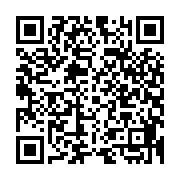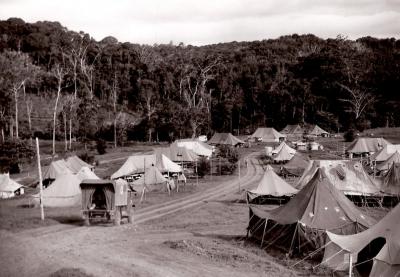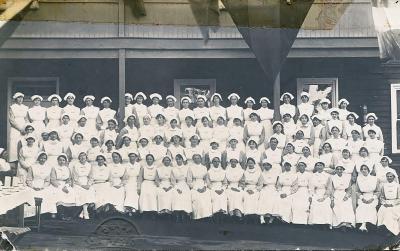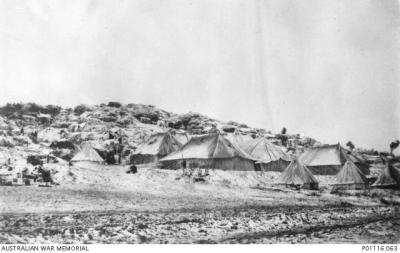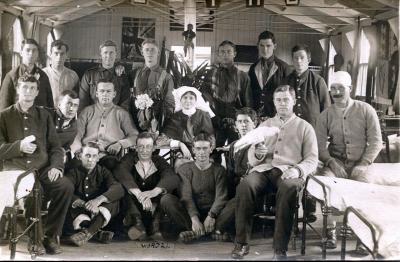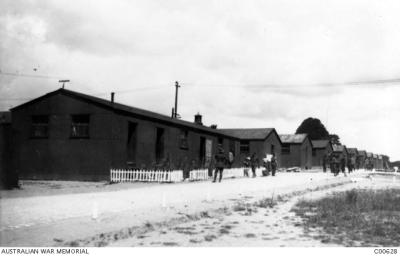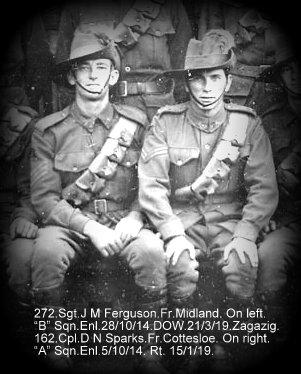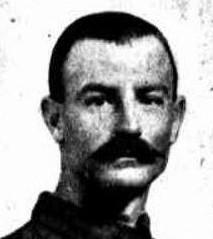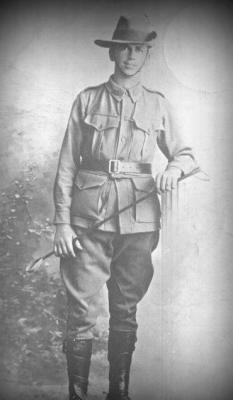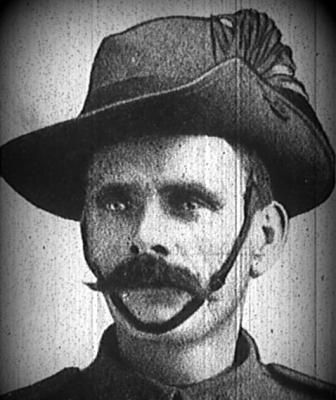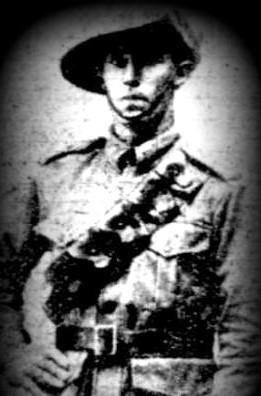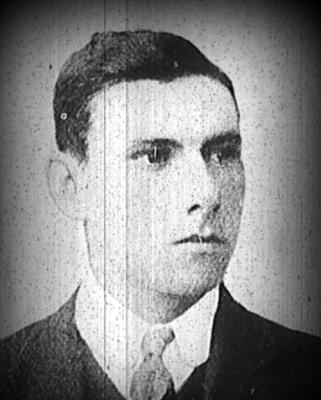Medical Evacuation Chain - World War 1 - Casualty Clearing Station
The casualty clearing station (CCS) was a small hospital generally located around a vital communication hub, such as a railway junction that received wounded from the field ambulances. Casualty clearing stations were typically 15 to 25 km behind the main dressing station. A trip from the front to a casualty clearing station would have taken about 8 to 10 hours. Each CCS acted as: a hospital; an evacuation centre; and a 'sieve' that helped soldiers with minor wounds return to duty quickly. The CCS operated surgical theatres and wards, where wounded soldiers could be treated before being moved to the next phase of the medical evacuation chain. A casualty clearing station typically had: 8 officers and 78 other ranks from the Australian Army Medical Corps and 5 to 15 nurses from the Australian Army Nursing Service. The casualty clearing stations performed triage on patients to assess the severity of their wounds. They delivered interim treatment for patients with minor wounds or those afflicted by gas warfare. The CCS performed resuscitation, operations, and after-treatment care for patients with severe wounds before moving these patients further down the medical evacuation chain
Details
Details
During World War I, the Australian Imperial Force (AIF) suffered 58,339 deaths and 151,948 wounded. To help deal with so many injured and sick soldiers, the Australian Army Medical Corps was expanded. Australian soldiers served. They also worked in Australian hospitals for returned soldiers. Separate entries cover the Regimental Aid Post, the Field Ambulance, Casualty Clearing Stations, Base Hospitals (General, Stationary and Auxiliary), Command Depots and Convalescent Depots, Ambulance Trains, Ambulance Barges, Hospital Ships
The medical evacuation chain and medical services are presented in a separate section of the World War 1 Galleries. Artefacts relating to medical services, the treatment of wounds, casualty recovery are also found throughout the Galleries. Individual stories of doctors, nurses, stretcher bearers are also found throughout the Museum. The Prisoner of War Gallery highlights the degree of medical improvisation and professional skills that saved many lives on the Thai Burma Railroad.
Australian Army Museum of Western Australia
Australian Army Museum of Western Australia
More items like this
Other items from Australian Army Museum of Western Australia
- Medical Evacuation Chain - World War 1 - General Hospital
- Medical Evacuation Chain - World War 1 - Stationary Hospital
- Medical Evacuation Chain - World War 1 - Auxilliary Hospital
- Medical Evacuation Chain - World War 1 - Command Depots
- World War 1, Australia, Western Australia, 272 FERGUSON, 10 Light Horse
- World War 1, Australia, Western Australia, 275 GILBERT, 10 Light Horse
- World War 1, Australia, Western Australia, 276 GREEDY, 10 Light Horse
- World War 1, Australia, Western Australia, 277 GORRINGE, 10 Light Horse
- World War 1, Australia, Western Australia, 279 HUTTON, 10 Light Horse
- World War 1, Australia, Western Australia, 285 HANN, 10 Light Horse
- World War 1, Australia, Western Australia, 286 HACKETT, 10 Light Horse
- World War 1, Australia, Western Australia, 287 HAMMOND, 10 Light Horse
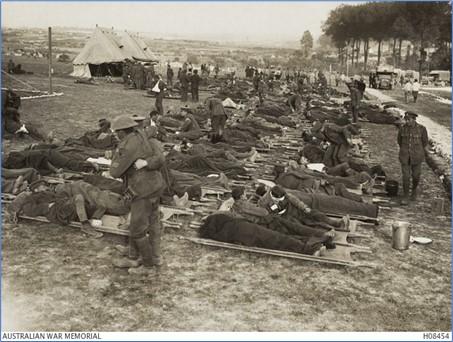
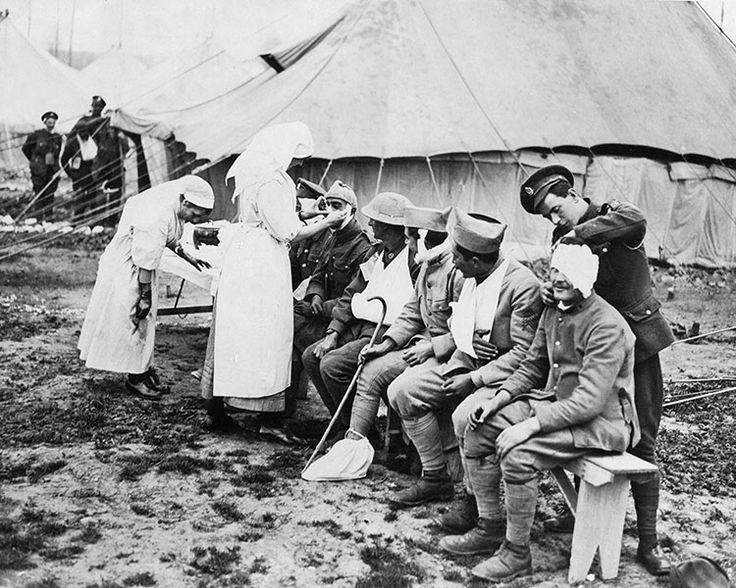
Scan this QR code to open this page on your phone ->
